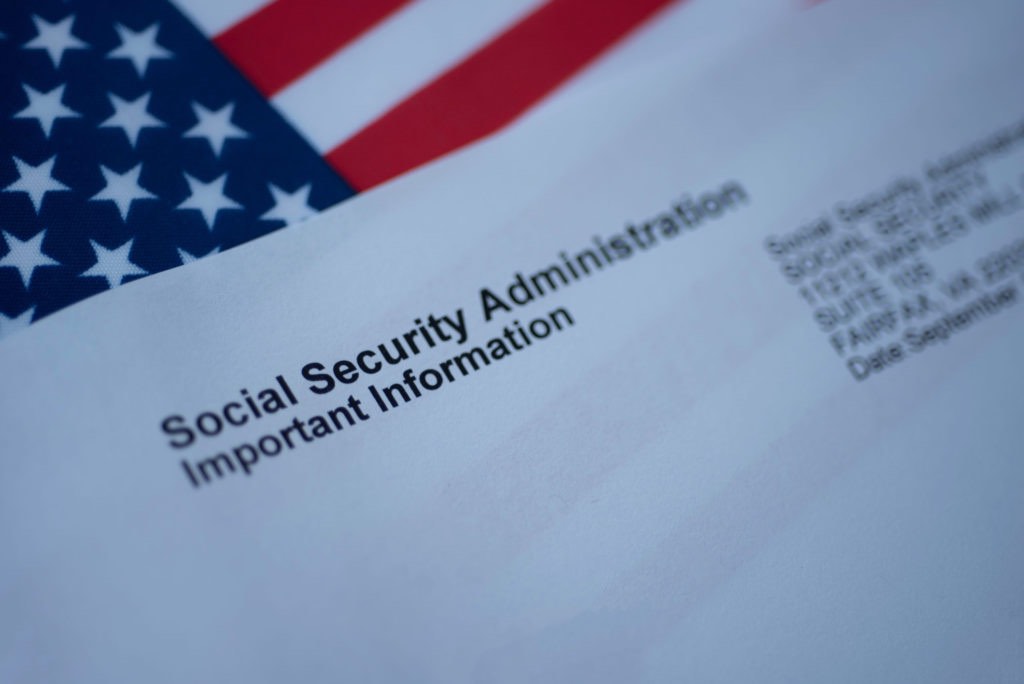
Report: SSA Deficient in Handling Mail during Pandemic
Jun 30, 2022
Normal
0
false
false
false
EN-US
X-NONE
X-NONE
/* Style Definitions */
table.MsoNormalTable
{mso-style-name:”Table Normal”;
mso-tstyle-rowband-size:0;
mso-tstyle-colband-size:0;
mso-style-noshow:yes;
mso-style-priority:99;
mso-style-parent:””;
mso-padding-alt:0in 5.4pt 0in 5.4pt;
mso-para-margin-top:0in;
mso-para-margin-right:0in;
mso-para-margin-bottom:8.0pt;
mso-para-margin-left:0in;
line-height:107%;
mso-pagination:widow-orphan;
font-size:11.0pt;
font-family:”Calibri”,sans-serif;
mso-ascii-font-family:Calibri;
mso-ascii-theme-font:minor-latin;
mso-hansi-font-family:Calibri;
mso-hansi-theme-font:minor-latin;
mso-bidi-font-family:”Times New Roman”;
mso-bidi-theme-font:minor-bidi;}
Download a PDF of this Press Release
The Social Security Administration (SSA) Office of the Inspector General (OIG) found deficiencies in SSA’s processing of U.S. mail during the COVID-19 pandemic, according to a report, The Social Security Administration’s Mail Processing During the COVID-19 Pandemic (A-08-21-51115), released by the SSA OIG on May 13, 2022. The report found SSA needs to improve its ability to timely process incoming and outgoing mail, noting the Agency’s reliance on manual processing. The report offered recommendations for improvement, including relying on software or equipment to reduce manual processes.
In response to the pandemic, in March of 2020, SSA limited in-person services at its offices and encouraged customers to use its online and telephone options. As a result, required documents, previously hand-delivered by in-office customers, now reached SSA offices by U.S. mail. This significantly increased the volume of U.S. mail to SSA facilities at a time when approximately 90 percent of SSA staff were working remotely, and onsite staff was limited by occupancy restrictions.
Concerning initial observations of SSA’s mail processing prompted the OIG to release a July 2021 interim report, The Social Security Administration’s Processing of Mail and Enumeration Services During the COVID-19 Pandemic (A-08-21-51036), on its findings. Among other things, the interim report found that SSA had a significant backlog of unprocessed mail and lacked comprehensive policies and procedures to timely track and return original documents— including driver’s licenses, birth certificates, passports, and naturalization documents—that customers provide as proof of eligibility for benefits or a Social Security number card. For example, one processing service center had more than 9,000 unprocessed original documents it had received as early as November 2020.
Other issues identified by the interim report included: backlogs of unprocessed applications for new or replacement Social Security cards and remittances or un-negotiated benefit checks; large quantities of undeliverable mail, some of which were over one year old; and original documents stored in unsecure locations.
“The services and programs that SSA provide are critical for the beneficiaries who rely on them, and for other agencies that depend on SSA’s records,” said Gail S. Ennis, Inspector General for SSA. “We are pleased that SSA has reportedly improved some of the issues identified in our interim report and hope that SSA continues to improve its handling of documents and mail processing.”
SSA OIG made eight recommendations in its full report to improve how SSA manages its mail and SSA agreed to implement all of them. SSA informed the OIG that it established new guidance that improved offices’ handling of mail and that all the backlogs have been eliminated.
Read the full report here.
Read more from the SSA: Read More


